Fall Gardening Tips: Maintenance, Planting, & More
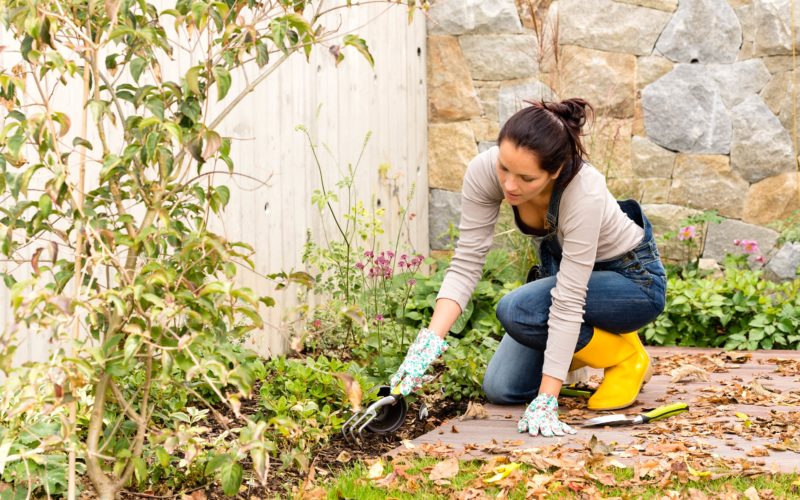
As the leaves change color, so should your gardening habits. Autumn is right around the corner and with the cool weather comes new responsibilities.
Tending to your garden in the fall isn’t as difficult as you may think, especially when you have these fall gardening tips to get you through. In this blog, we’ll share advice that you can use this year and every year that follows.
Fall Garden Maintenance Checklist
Preparation is key, especially when it comes to gardening. Before you begin planting anything you need to make sure your garden is ready for the upcoming season. Whether you’re a beginner or an expert, these fall gardening tips and our maintenance checklist are the perfect places to start.
1. Clean Up Your Annuals
The beginning of cooler weather means it’s time to say goodbye to your annuals. Once the first hard frost hits, you’ll want to clean up your annual planting pots and garden beds so they’re ready to flourish again next spring.
The freeze and thaw cycle can be harmful to your planting pots and containers, especially those made of clay. To ensure your pots don’t crack, remove all leftover potting mix and thoroughly rinse them out. Once they’re clean you’ll want to store them in a dry, covered area like a shed or garage.
The first frost will likely wipe out annual flowers like zinnias, petunias, and marigolds. Clean out your flower beds by pulling these plants out. You want to make sure your beds are ready for the new plants to come in next spring.
One of the great things about annuals is that you can store their seeds throughout the cold months. Seeds of plants like celosia, petunia, and nasturtium can be gathered and stashed in a cool, dark place until you’re ready to plant them in the spring. Make sure you put each type in a different envelope and label them accordingly so you can keep track and avoid confusion.
2. Bring in Your Bulbs & Cuttings
Don’t forget to dig up any sensitive flower bulbs or tubers such as cannas, caladiums, and other tropical types that won’t survive the upcoming cold weather. You’ll want to begin this process shortly after the foliage starts to turn brown. Make sure you store any bulbs and tubers in a cool, dry area so they’re ready for replanting when the time comes.
If you want to bring some plants indoors for the winter, consider snipping your favorite flowers such as coleus and geraniums. These plants root well in water and have a good chance of staying healthy if they’re safely inside. Keep in mind that in order for this to work you need to collect your cuttings before the temperatures drop below 50 degrees Fahrenheit.
3. Prep the Garden For New Plants
Before you begin planting your fall flowers, shrubs, and perennials, you need to get your garden ready.
Start by cleaning out the garden beds. This means removing all plant debris, weeds, and diseased or pest-ridden plants. You want to make sure pests and diseases won’t overwinter in your garden so they won’t be returning even worse in the spring.
Pruning your plants and shrubs will also encourage them to stay healthy and ready to bloom. However, it’s important to remember to prune after dormancy starts because it will trigger new growth. Try waiting until leaves have fallen from deciduous species before pruning.
If you have perennials that were planted this growing year, consider adding a thick layer (4 to 5 inches) of bark mulch on top of them after the ground freezes. Adding or replenishing your mulch is beneficial to trees and shrubs as well because it protects roots from winter temperatures.
Note: Keep mulch from touching trunks to prevent rot and other diseases.
When it comes to fall vegetable gardens, you’ll want to add compost over your beds instead of mulch. Spreading a thick layer (2 to 3 inches) of compost will enrich the soil throughout the winter.
What to Plant This Fall
While the spring and summer seasons are known for flourishing gardens, autumn is often overlooked when it comes to gardening. Most people assume once the cold weather hits, it’s time to pack your tools and gear away.
However, there are actually many flowers, plants, and shrubs that you can focus on during the cooler seasons, and with some helpful fall gardening tips, you can keep your garden going year-round.
Best Flowers to Plant in Fall
There’s an assortment of flowers you can still enjoy that will bring your garden to life. Below, we’ve listed some of the best flowers to plant in the fall as well as some helpful tips to remember so you can keep them healthy.

Water requirement: regular
Light requirement: full sun
Mature length: 1’ to 5’
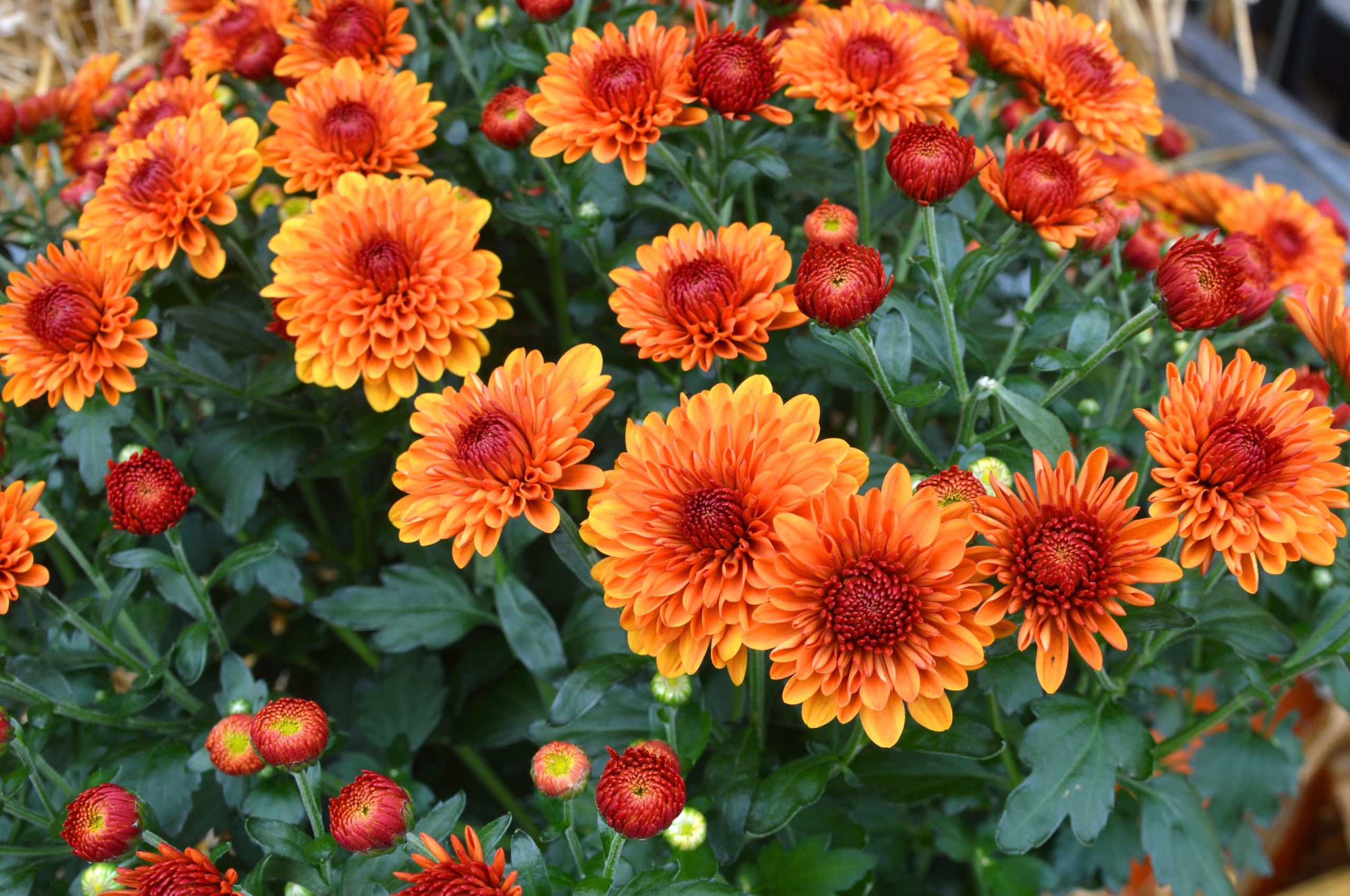
Water requirement: regular
Light requirement: full sun
Mature length: 1’ to 5’
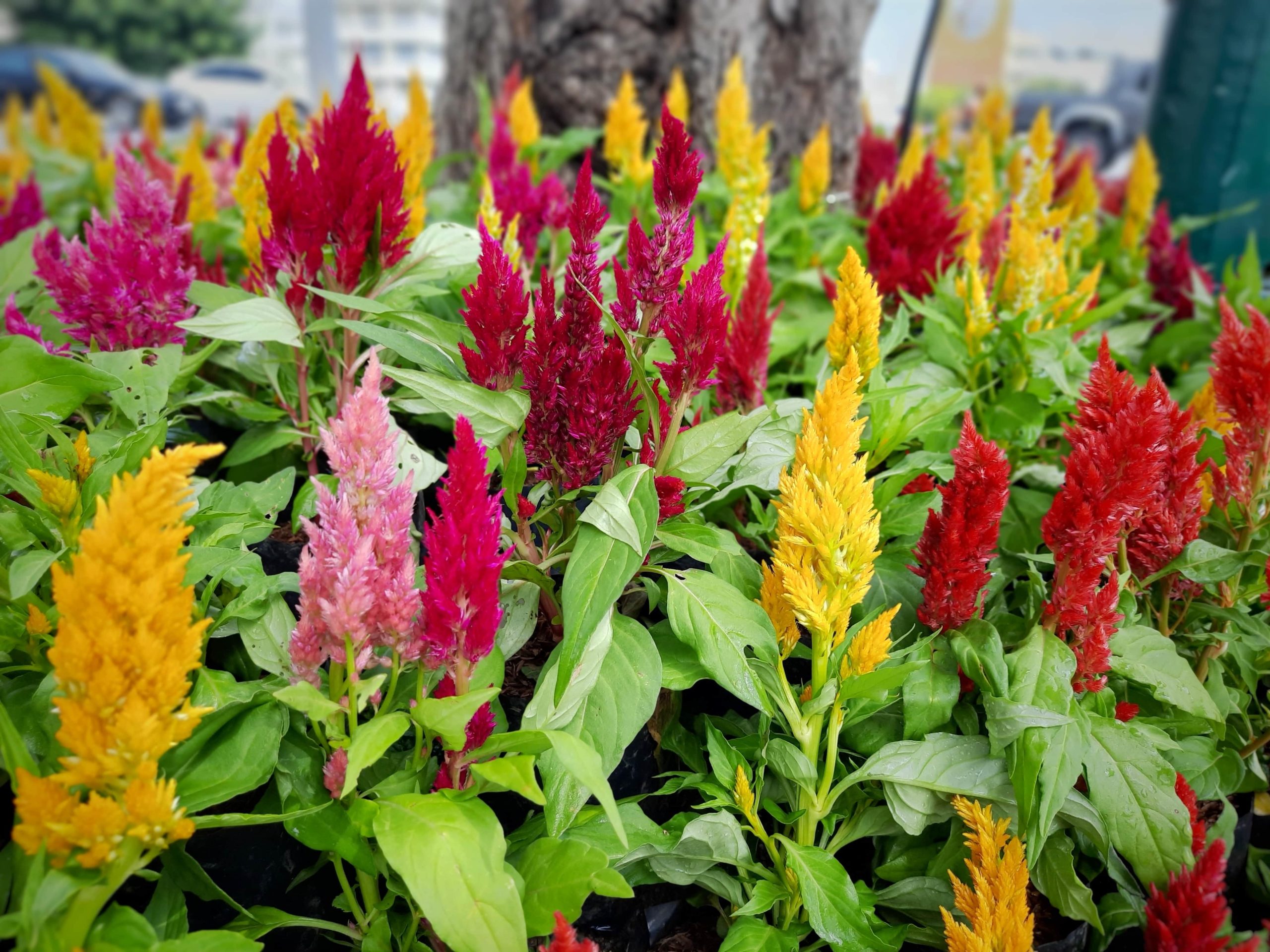
Water requirement: little to regular
Light requirement: full sun
Mature length: 6” to 3’
Best Shrubs to Plant in the Fall
Your garden doesn’t only have to consist of flowers, planting trees and shrubs are also great additions to any outdoor space. Try mixing things up this season and see below for some of the best shrubs to plant in the fall.

Water requirement: moderate to regular
Light requirement: partial shade to full sun
Mature length: 4’ to 12’
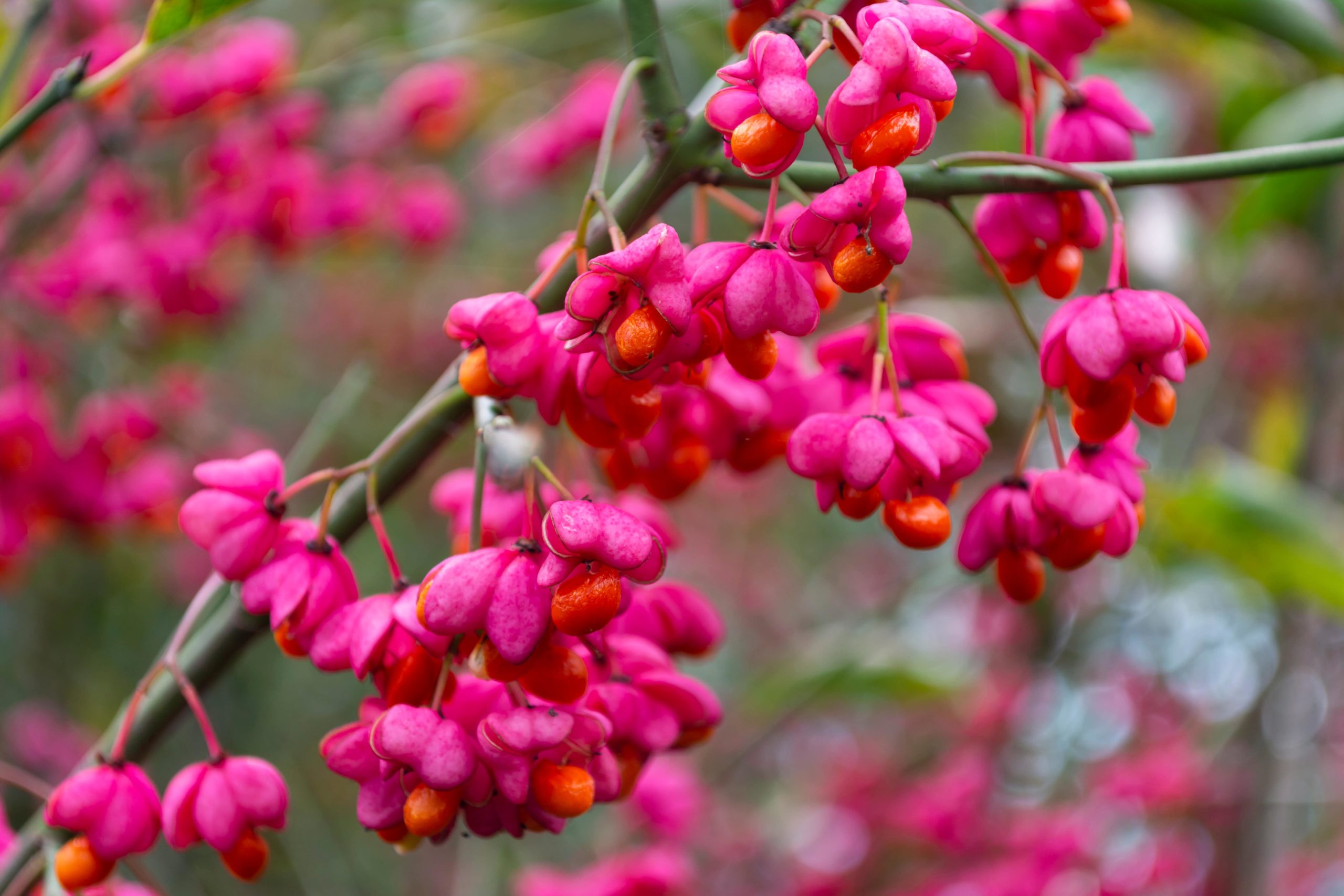
Water requirement: little to regular
Light requirement: partial shade to full sun
Mature length: 4’ to 8’
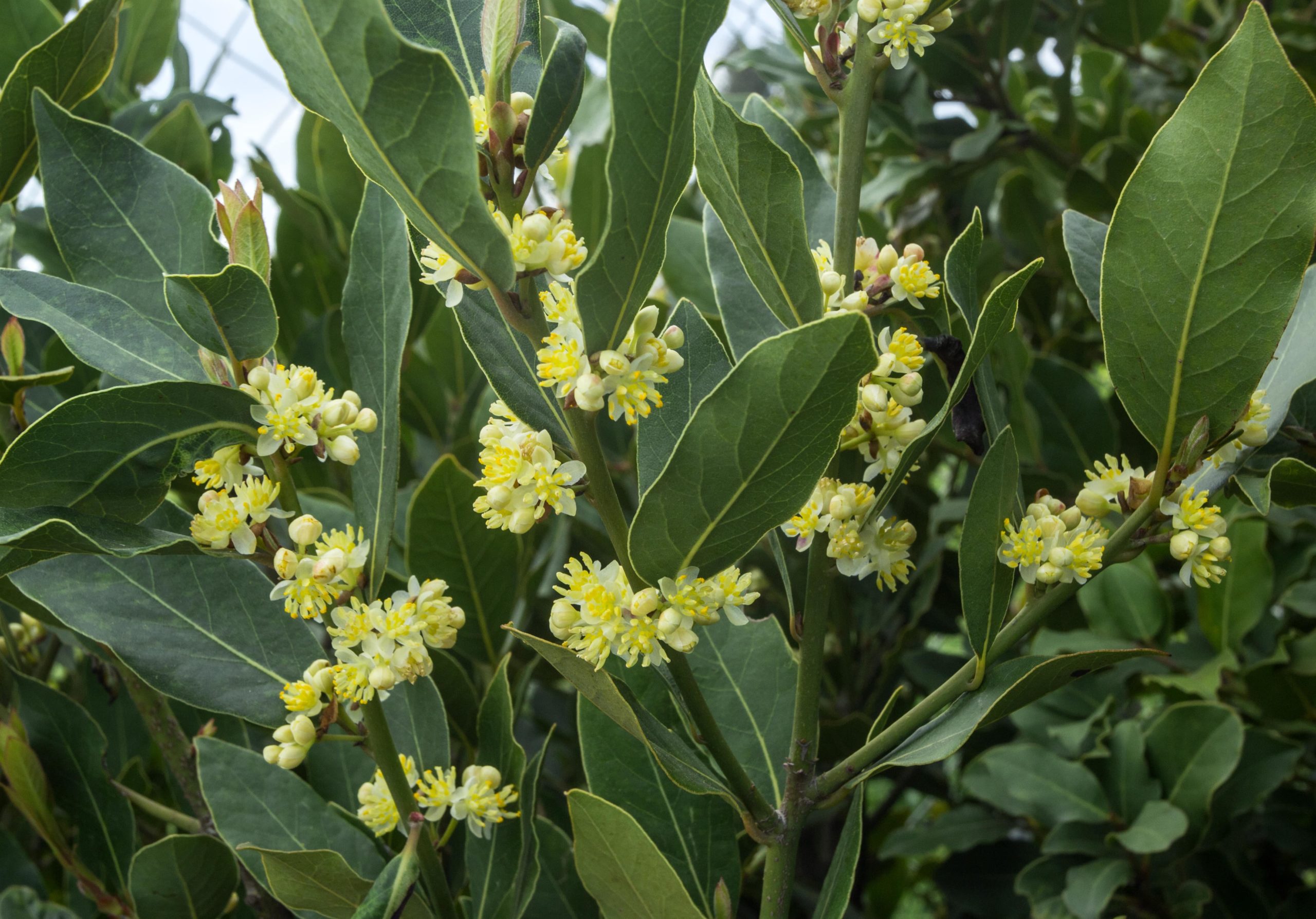
Water requirement: regular
Light requirement: partial shade to full sun
Mature length: 6’ to 10’
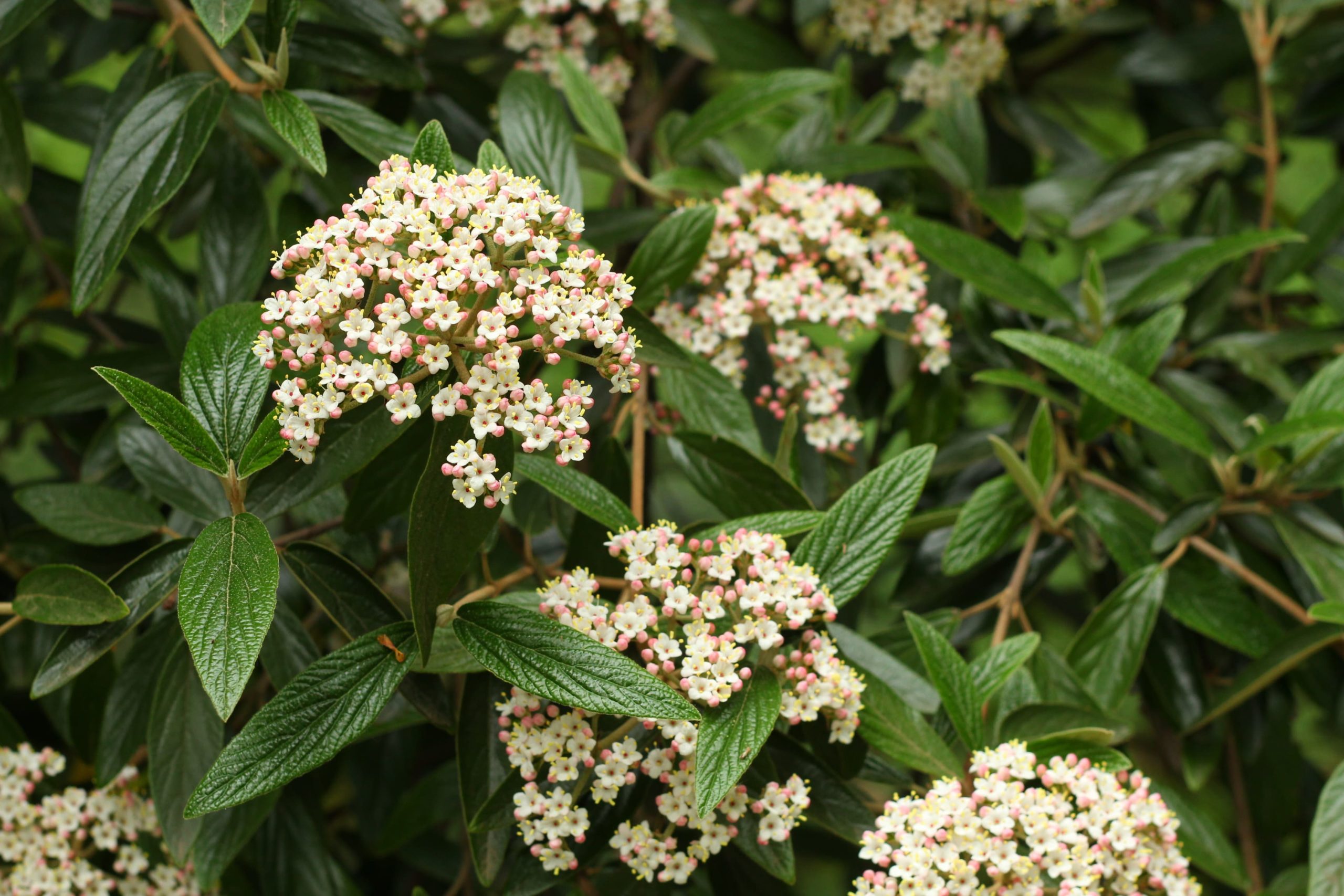
Water requirement: regular
Light requirement: partial shade to full sun
Mature length: 3’ to 20’

Water requirement: little to regular
Light requirement: full sun
Mature length: 8’ to 10’
Best Perennials to Plant in Fall
Choosing and planting perennial flowers in the fall may seem difficult to beginners. However, with the right fall gardening tips and information, it’s easy to narrow the options down. We’ve listed some of the best perennials to plant in fall you can choose from for the upcoming season.
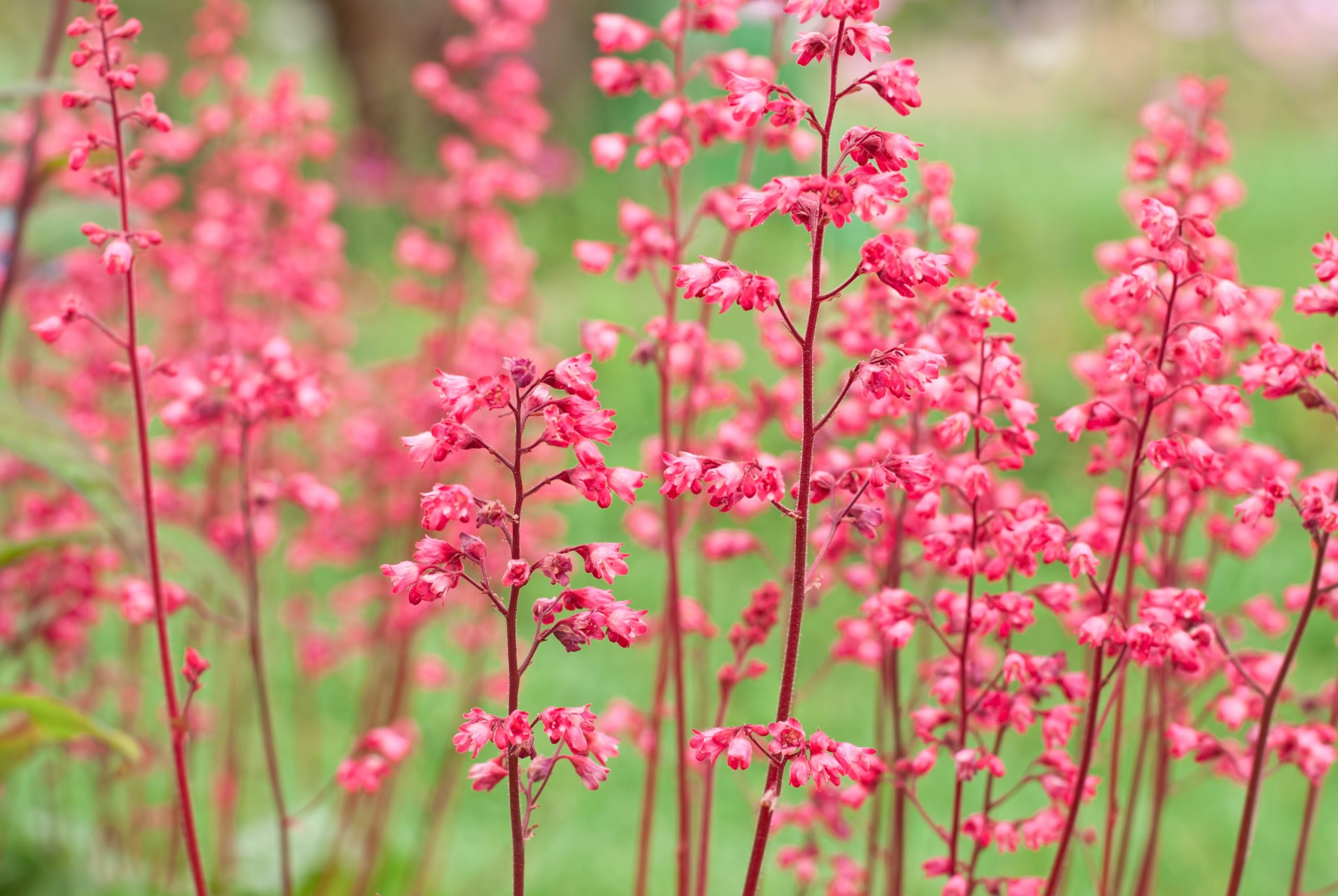
Water requirement: regular
Light requirement: partial shade to full sun
Mature length: 6” to 2’
Sedum or Stonecrop(multiple varieties)
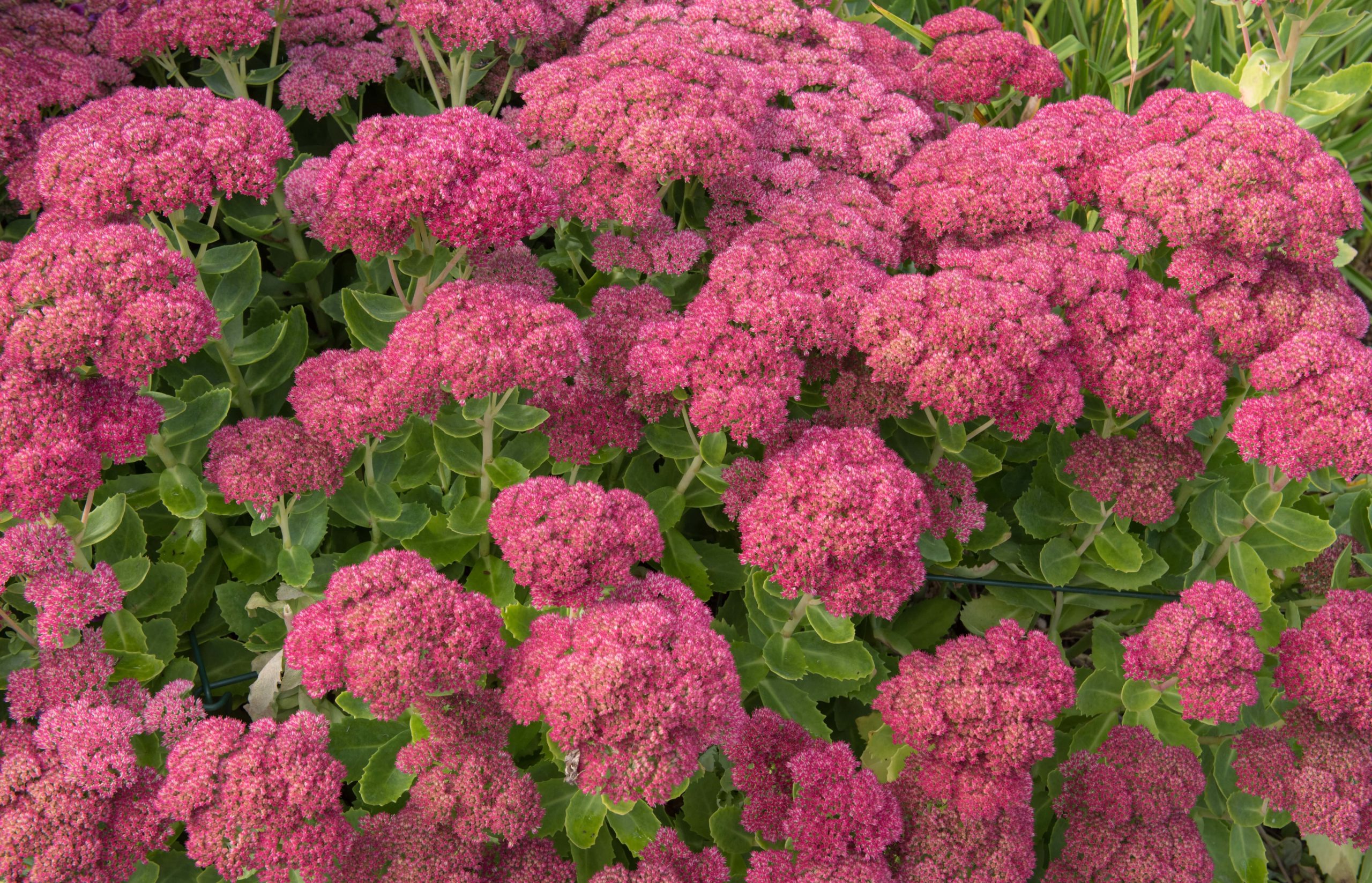
Water requirement: moderate to regular
Light requirement: full sun (can take partial shade)
Mature length: 9” to 3’
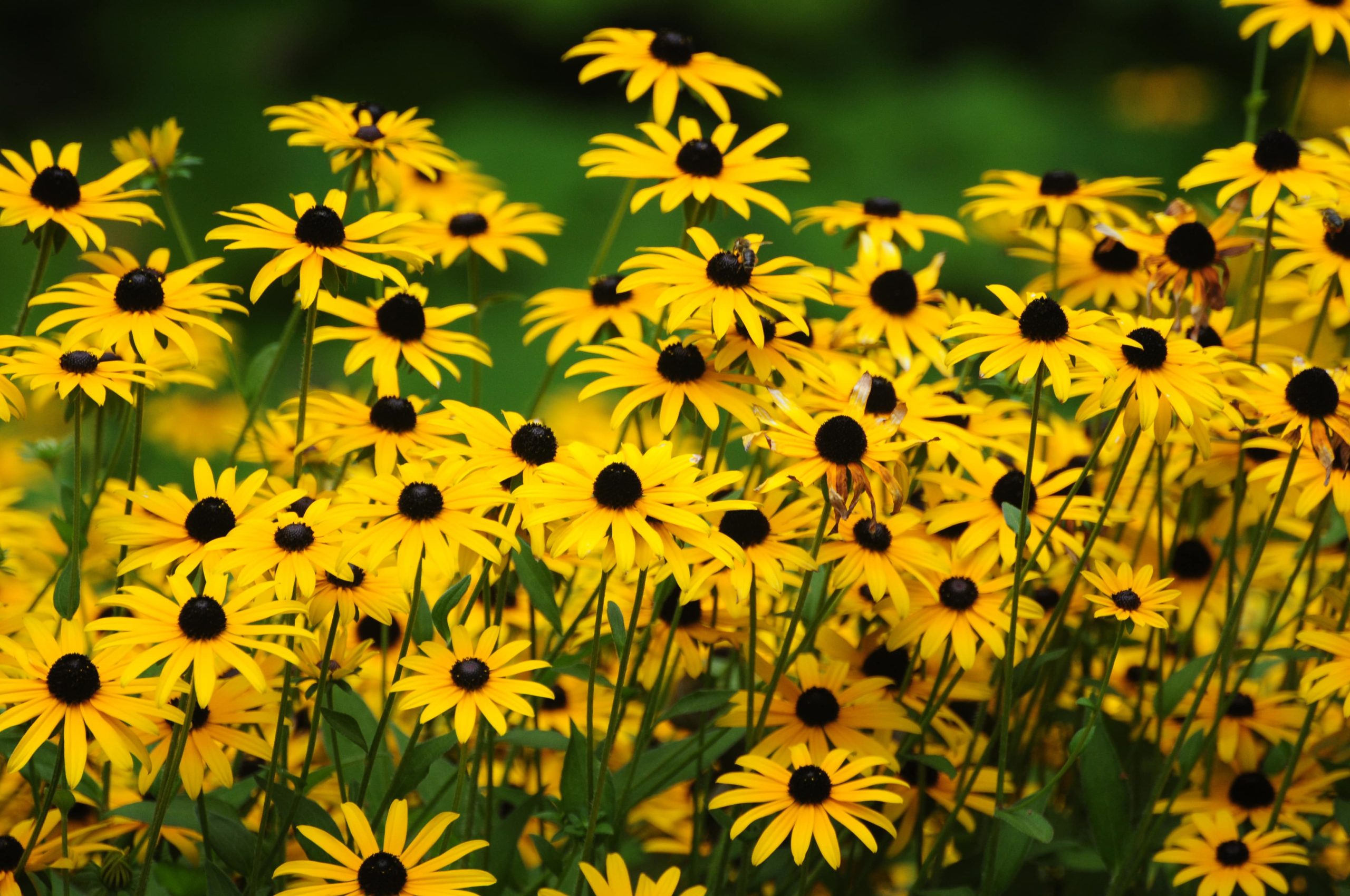
Water requirement: moderate to regular
Light requirement: full sun (can take partial shade)
Mature length: 2’ to 10’
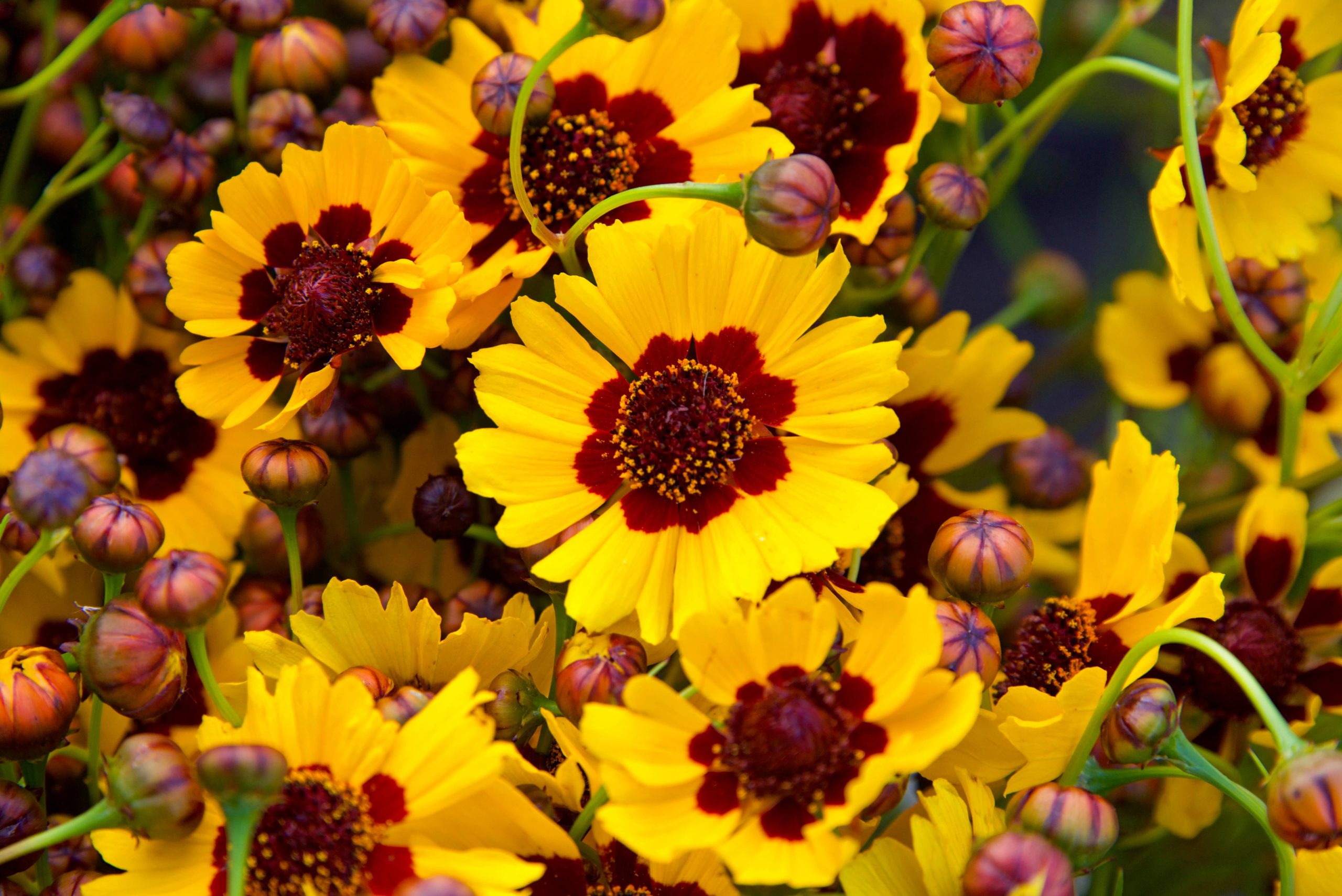
Water requirement: little to moderate
Light requirement: full sun
Mature length: 1’ to 2 ½’
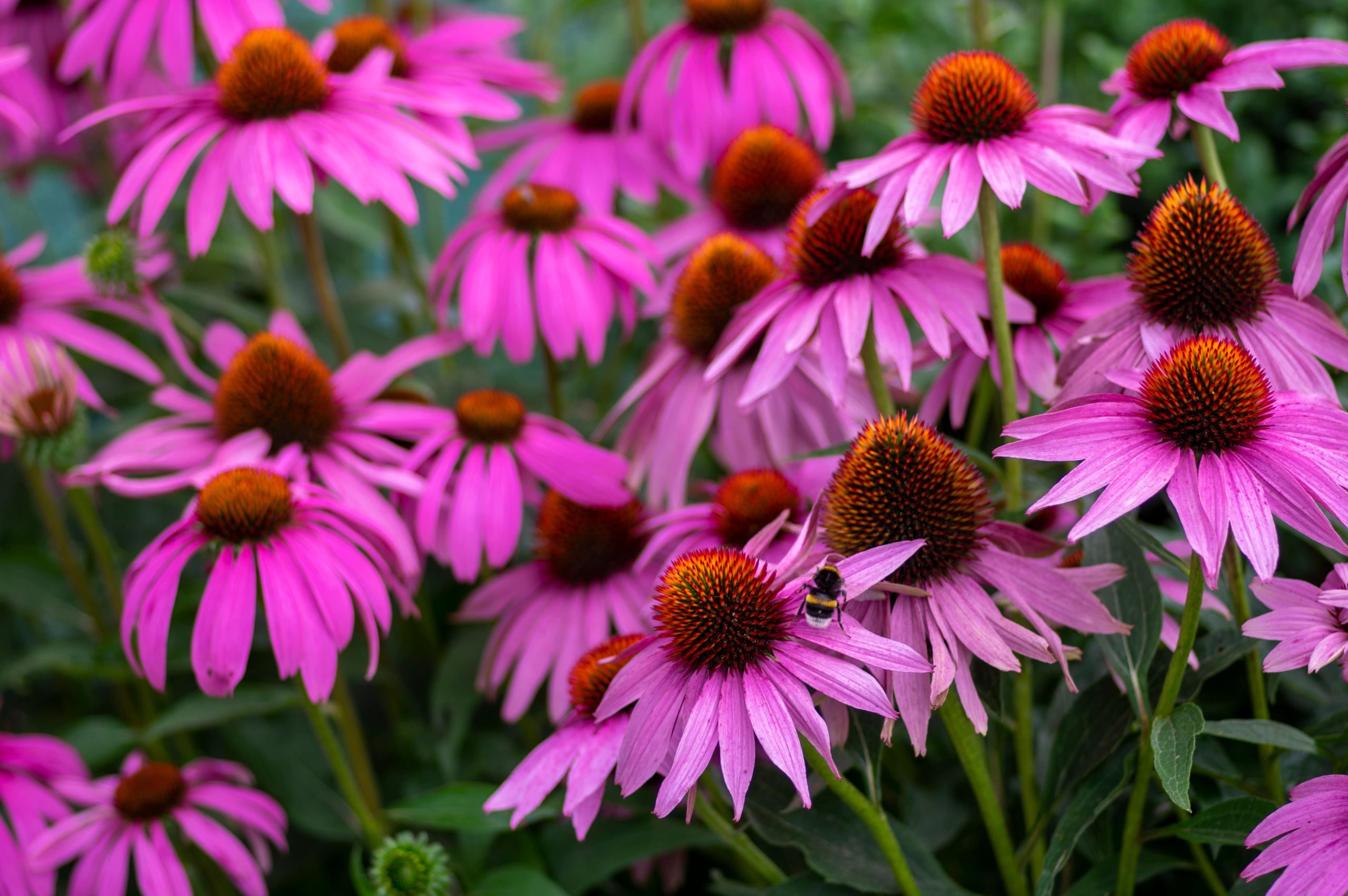
Water requirement: little to regular
Light requirement: full sun
Mature length: 2’ to 4’
Keeping your garden going year-round may take some effort, but the results make all the extra time worthwhile. With these fall gardening tips, you won’t have to say goodbye to your garden this autumn season.
Ready to start planting? Check out our online plant finder to purchase your favorite plants, flowers, and shrubs for every season.
